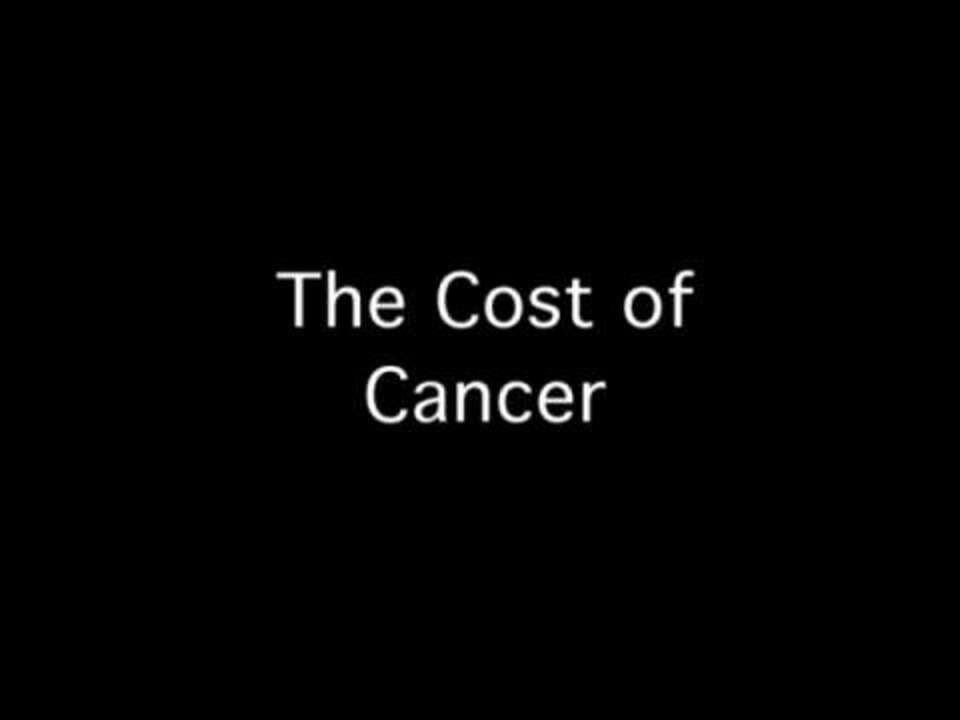Cancer is the 3rd leading cause of death in Kenya (NCIK, 2020). The prevalence of cancer in not only Kenya but also in other developing countries has significantly risen, calling for mitigatory actions to be implemented.
One of the barriers to accessing cancer care among youths is cost (Nachiappan et al., 2020). Cancer care is typically an expensive affair with the high cost of treatment, including hospital stays, surgeries, radiation therapy, chemotherapy, and medication, putting a significant strain on youth`s finances. The situation is more aggravated among the youth living in developing countries where unemployment in this age group may be as high as 40%. The lack of stable employment and underemployment significantly limits the financial capabilities of youth in developing countries; consequently, affecting their ability to finance their healthcare (Nachiappan et al., 2020). The high cost of cancer care results in the underprivileged youth either delaying or forgoing necessary treatment, leading to poorer health outcomes.
In Kenya, the 2022 Kenya Demographic Health Survey (KDHS) reported that one in four Kenyans had some form of health insurance; 26% of Females and 27% of Males (KNBS & ICF, (2023). While this data was not stratified according to age groups, it still highlights the greater challenge of poor health insurance coverage in the country including youths. Youths are significantly underinsured, hence spending more on out of pocket payments for cancer care.
Improved Health insurance coverage among youths will help make the cost of cancer more manageable and affordable. Health insurance offers a significant financial cushion for the youth, reducing their risk of plunging into financial turmoil as they attempt to fund their care. Improved insurance coverage can also increase access to preventive care and early detection. Regular check-ups and screenings can help detect cancer at its earliest stages when treatment is most effective.
Improving health insurance coverage among youths requires a multifaceted approach. It may require collaboration with public and private health insurance entities; in such cases, medical ethics should supersede business ethics. Education and awareness can be integral in improving health insurance uptake among youths. The youths need to be educated on the benefits of health insurance and the different options available. Improving ease of enrollment is also key in improving uptake. Health insurance providers can be implored to improve their enrollment process to be user-friendly and also preferably digitized considering youth`s comfortability with digitized processes; youth friendly language can also be adapted in these enrollment processes. Improving accessibility can also improve uptake; implementing enrollment campaigns in places youth frequent such as schools and other recreational facilities will greatly improve youth uptake of health insurance. Personalized Assistance can also be implemented by providing one-on-one assistance to help young people understand their options and enroll in insurance can be effective in increasing enrollment. This can be done through trained enrollment counselors, community-based organizations, or other trusted sources.
Health insurance significantly reduces the youth`s financial burden when finding for their care. Despite this, health insurance coverage among this age group has remained low (<25%). Access to health insurance will make cancer care more affordable and accessible. Unemployment still remains a challenge, a significant barrier to health insurance uptake. Youths and youth advocacy groups should engage different stakeholders to find potential solutions to this problem.
References
KNBS & ICF, (2023). Kenya Demographic and Health Survey 2022. Key Indicators Report. Nairobi, Kenya, and Rockville, Maryland, USA: KNBS and ICF.
Nachiappan, N., Mackinnon, S., Ndayizeye, J. P., Greenfield, G., & Hargreaves, D. (2022). Barriers to accessing health care among young people in 30 low-middle income countries. Health science reports, 5(4), e733. https://doi.org/10.1002/hsr2.733
National Cancer Institute of Kenya (NCIK), (2020). Cancer Situation in Kenya. Available at https://www.ncikenya.or.ke/
Article written by Harrison Ochieng, Nursing Officer Intern – Ministry of Health, Kenya and PaCEM Afro, OHMO. Harrison Ochieng Harrison is a research associate at Patient Centred Care Movement (PaCEM-Afro) and also the Country Programs Officer for Oli Health Magazine Organization, Kenya chapter. He holds a Bachelors Degree in Nursing from the University of Nairobi and is currently undertaking his one-year internship in Kiambu County. He is interested in sustainable health financing to achieve equitable healthcare access.


This is excellent